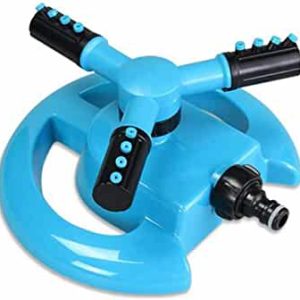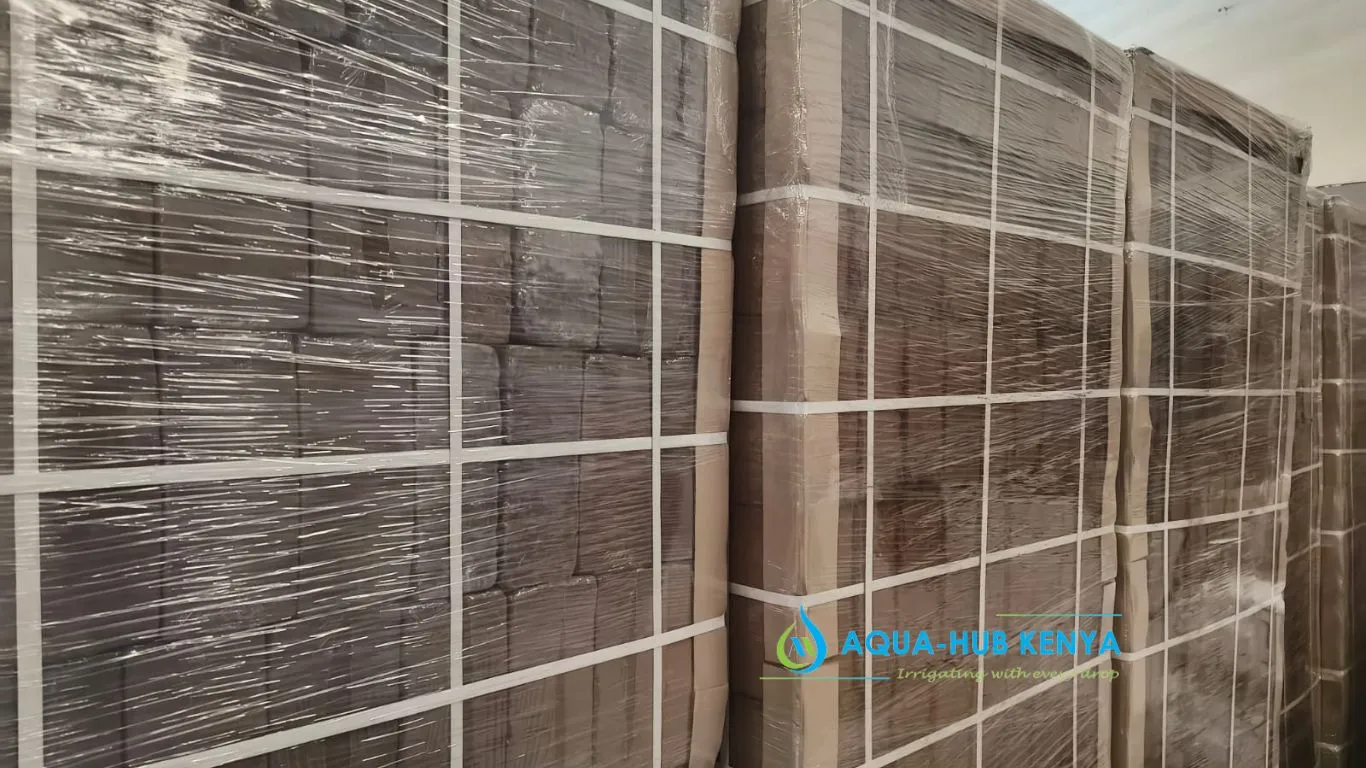If you’re interested in agriculture, starting a greenhouse farming business might be a great way to turn your hobby into a source of money. While developing a commercial greenhouse can be time-consuming and expensive, starting with a tiny greenhouse can save money. It is the use of a metal or wood greenhouse to create strong, high-quality, and uniform growth in crops and flowers. This is accomplished by keeping the warmth required by the plant for rapid growth within the greenhouse’s superb microclimate.
What is a greenhouse?
A greenhouse is a framed or inflated building covered in a transparent or translucent material that allows for the cultivation of fruit, vegetable, and flower crops in a climate that is at least somewhat regulated. These buildings come in a variety of sizes, from modest sheds to enormous factories. A cold frame may be thought of as a little greenhouse. When a greenhouse is exposed to sunshine, the inside temperature rises substantially above the ambient temperature, insulating the contents from cold weather.
What is greenhouse farming?
Agriculture is a challenging industry since crops are constantly subjected to poor weather conditions. Climate and environmental variables have an important role in determining crop production rates. Despite the fact that global food security is heavily reliant on agricultural production, limitations have no place. As a result of the hunt for solutions, farm management approaches that utilize cultivation in a controlled environment have emerged.
Greenhouse farming is a one-of-a-kind agricultural method of growing vegetables under a covered design, which is frequently constructed utilizing a transparent, or partially transparent material. The fundamental motive for greenhouses is to provide perfect growing conditions while protecting crops from adverse weather and rodents.
Greenhouse agriculture is also a method of producing fruits and vegetables native to warmer regions in colder temperatures, such as growing tomatoes in some parts of Kenya. Light, ventilation, humidity, and temperature may all be managed in greenhouses. This enables the farmer to develop and maintain appropriate micro-ecosystems for their plants, assisting them in growing strong, attractive, nutritious, and delicious plants.
Which Crops are suitable for Greenhouse farming?
Because growing greens in a greenhouse is a costly enterprise, high-yielding crops with significant economic value and long-term market demand should be grown there. Greenhouses are most frequently used for the commercial cultivation of some crops, such as tomatoes. The cultivation of flowers, vegetables, fruits, and transplants is frequently done in greenhouses. In these, unique greenhouse strains may also be cultivated.
The profitability of a greenhouse is influenced by the market, climate, labor force, and raw material availability. Popular Greenhouse Crops for the Production of Flowering and Vegetables:
- Floriculture: Alstroemeria, Gerbera, Dutch Rose, Carnations, Lilies, Anthurium, Gypsophila, and Orchids
- Fruit & Vegetables: Strawberry, Exotic Vegetable, Cucumber, Colored Capsicum, and Tomato
What is the cost of greenhouse farming?
Greenhouses are necessary for a productive farming enterprise. They are useful in the development of fruits and vegetables. The price of a greenhouse in Kenya varies depending on its size and kind of construction. Wooden greenhouses range in price from Ksh. 100,000 to Ksh. 300,000, but steel, metallic, and polycarbonate greenhouses can cost anywhere between Ksh. 150,000 and Ksh. 600,000, depending on their size and quality of construction. Different sized greenhouses are available from us. The sizes of greenhouses range from 8 15 m to 8 24 m, 8 30 m to 16 30 m for both wooden and steel greenhouses. The size and kind of the greenhouse affect the price.
The cost of a greenhouse in Kenya includes the cost of greenhouse construction, greenhouse materials, and other components. Our greenhouse cost in Kenya includes;
- Structure (Wood or Steel).
- UV Polythene paper for greenhouses.
- Drip irrigation kit for greenhouse.
- System of filtration
- Optional agricultural net for ventilation.
- System of shade netting.
How to start greenhouse farming
If you’re interested in agriculture, starting a greenhouse farming business might be a great way to turn your hobby into a source of money. While developing a commercial greenhouse can be time-consuming and expensive, starting with a tiny greenhouse can save money. You can follow the instructions outlined below.
- Investigate the size of your local market – This will help you assess whether the market can support an extra greenhouse firm. It also assists in determining the level of competition.
- Determine your preferred crops and the size of your enterprise – Consider crops that are in short supply in order to profit from the demand.
- Learn about the regulations that govern this type of agriculture so that you can feel confident that no one will be looking over your shoulder.
- Create the greenhouse – Solar greenhouses are worth considering since they are inexpensive. Also, make sure you have ample ventilation. The irrigation system, wire shelving, and fertilizer system will next be installed.
Aqua Hub Kenya provides the best and most cost-effective Greenhouse at reasonable costs. We provide both metal and wood greenhouses. We also provide advice on the finest greenhouse procedures that farmers should follow. For further information, call NAIROBI at 0790719020 or ELDORET at 0759372241.




